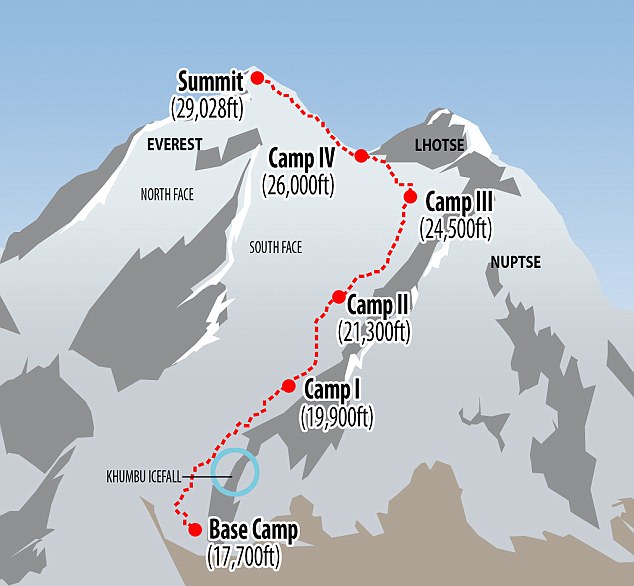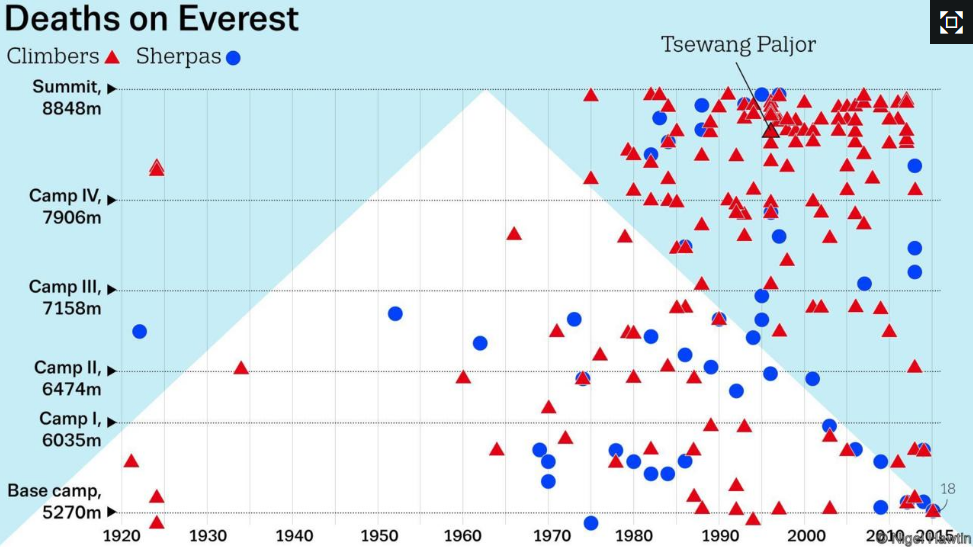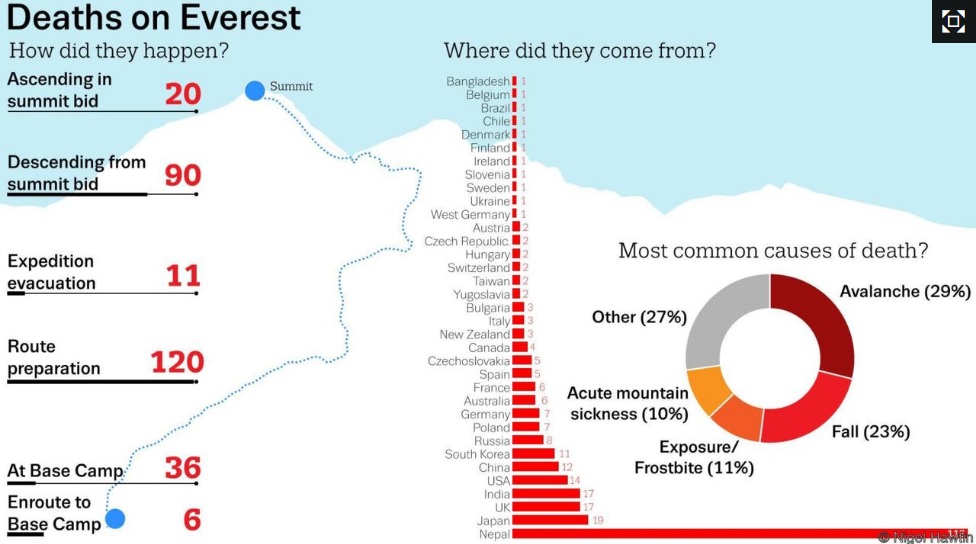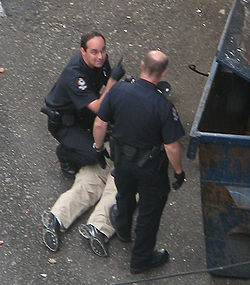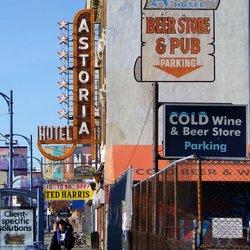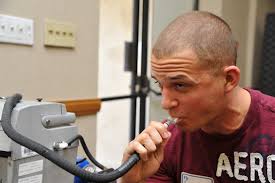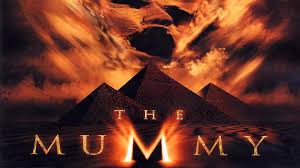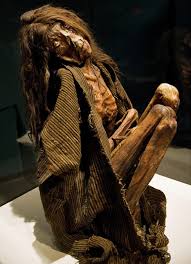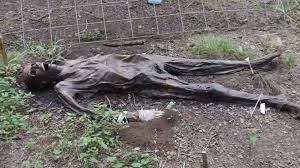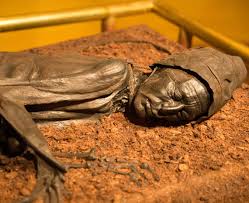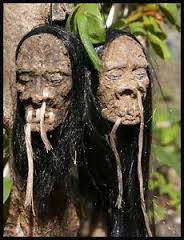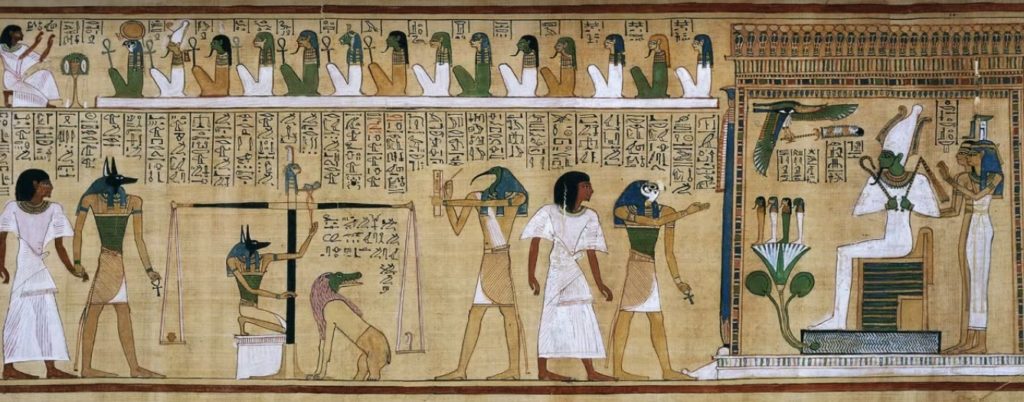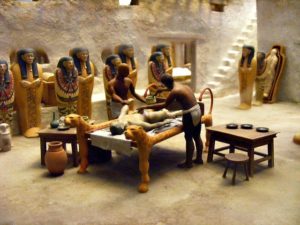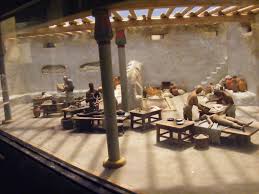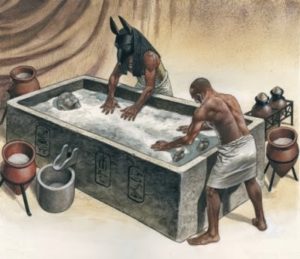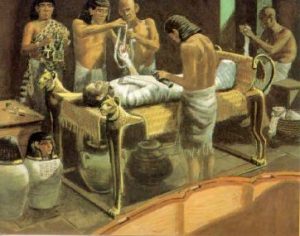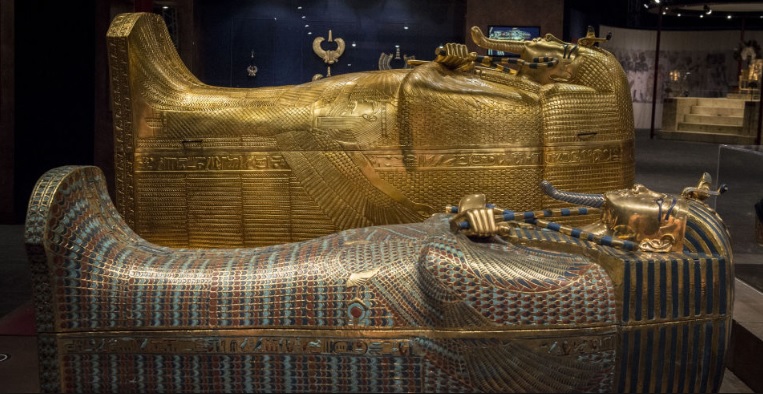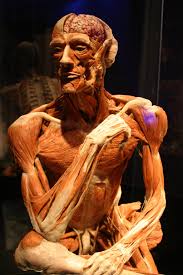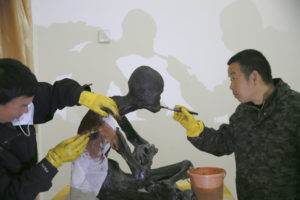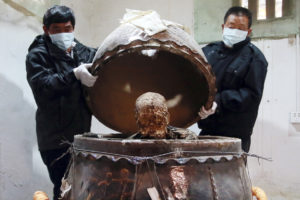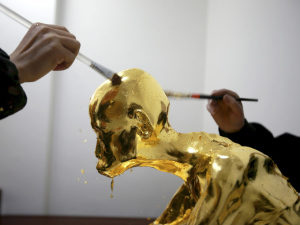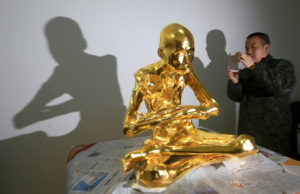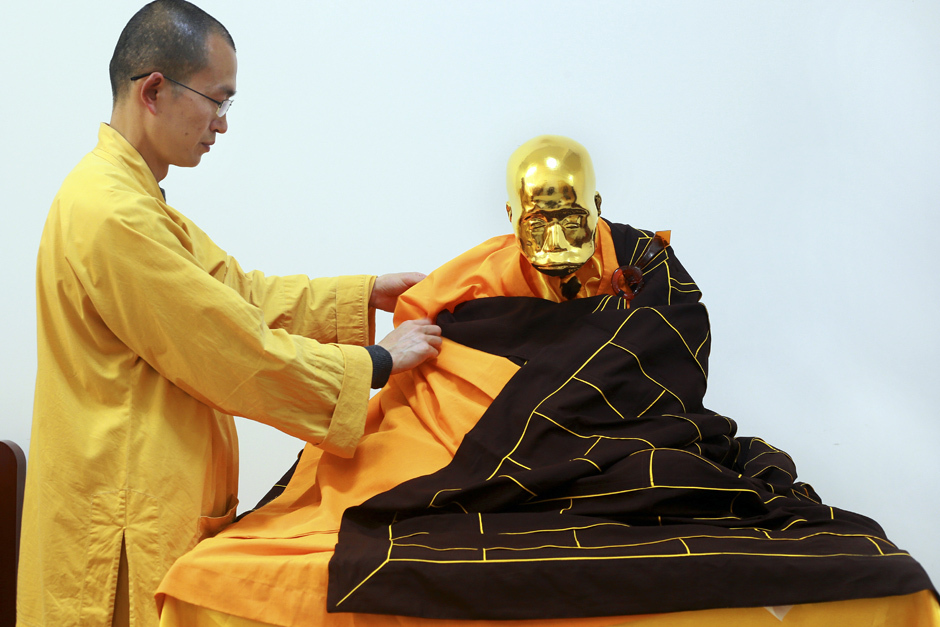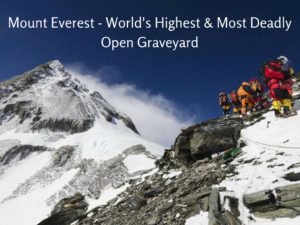 Mount Everest is the world’s tallest peak. At 29,029 feet—8,848 meters—Everest looms in the Himalayan sky at the border of Tibet and Nepal. Its massive height makes Everest the holy grail of mountaineering. Since conquered by humans in 1953, Mount Everest has been summited over 7,000 times by nearly 4,000 adventurers. But 292 died during this treacherous climb and 200 of their bodies can’t be recovered. They still remain—lying open on the rocks, ice and snow of this high, deadly graveyard.
Mount Everest is the world’s tallest peak. At 29,029 feet—8,848 meters—Everest looms in the Himalayan sky at the border of Tibet and Nepal. Its massive height makes Everest the holy grail of mountaineering. Since conquered by humans in 1953, Mount Everest has been summited over 7,000 times by nearly 4,000 adventurers. But 292 died during this treacherous climb and 200 of their bodies can’t be recovered. They still remain—lying open on the rocks, ice and snow of this high, deadly graveyard.
Most climbers killed on Mount Everest perish in the Death Zone. It’s that dangerous place in the stratosphere above 8,000 meters (26,247 feet) where the air is so thin that oxygen levels are insufficient to support human life. In the Death Zone, there’s less than one-third of life-sustaining oxygen than at sea level. Human beings simply aren’t designed to go where an Airbus A380 cruises. That prolonged oxygen deficiency quickly guarantees death.
Every mountaineer prepares for high-altitude climbs knowing the perils associated with a lack of oxygen. But they still go there. We’ll discuss their motivation but first, let’s examine what physiologically happens when a climber suffers Acute Mountain Sickness (AMS). Several things occur.
Without sufficient oxygen, your lungs can’t oxygenate red blood cells. That’s vital for delivering hemoglobin-rich blood through pulmonary and tissue capillaries. This supports mitochondria in your cells. Without oxygenated blood, your cells slowly die and complications set in. You’ll develop High Altitude Pulmonary Edema (HAPE) as well as High Altitude Cerebral Edema (HACE). Your lungs and brain will bleed and fill with fluid. It’s like suffocating and suffering a traumatic brain injury at the same time.
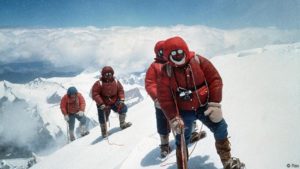 Some climbers experience HAPE and HACE quickly. In others, it comes on slowly. But the symptoms and effects are the same with all. First to come are a shortage of breath accompanied by nausea and a headache. Vision blurs. Judgment is impaired. Extremities become cold and painful. Confusion and disorientation follow. Finally, the climber becomes exhausted and lays down to die.
Some climbers experience HAPE and HACE quickly. In others, it comes on slowly. But the symptoms and effects are the same with all. First to come are a shortage of breath accompanied by nausea and a headache. Vision blurs. Judgment is impaired. Extremities become cold and painful. Confusion and disorientation follow. Finally, the climber becomes exhausted and lays down to die.
Although HACE and HAPE are primary contributors to death, the actual mechanism is the cessation of brain function due to cerebral hemorrhage or cardiac arrest. It might be a chicken or egg situation but one thing’s for sure—AMS is impossible to treat without restoring oxygen. That means taking the ill climber to lower elevations or supplying them with an artificial oxygen supply.
This is far more difficult than it sounds. The Death Zone on Everest sits in that 2,782 foot (848 meters) range between Camp IV—the last point of human habitation—and the summit. In the Death Zone, you’re on your own if something goes wrong. There’s simply no way to pack an unconscious or disoriented climber down. It’s not at all practical to rescue them with auxiliary oxygen. That’s why nearly all the deaths occur in that small stretch on that big mountain. And that’s why their bodies stay exposed in that deadly zone.
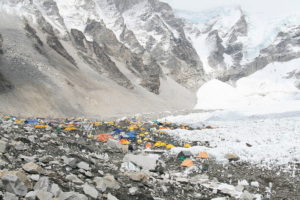 There are so many open dead bodies in the high reaches of Mount Everest—they’ve taken on names of their own. Ghoulishly, active climbers pass by frozen and mummified corpses of fallen comrades. They step around them and over them in tight places like the Hillary Step and the Lhotse face. They look down on the open graveyard called Rainbow Valley named for brightly-colored mountaineering suits still cladding dozens of dead strewn about the crevasse.
There are so many open dead bodies in the high reaches of Mount Everest—they’ve taken on names of their own. Ghoulishly, active climbers pass by frozen and mummified corpses of fallen comrades. They step around them and over them in tight places like the Hillary Step and the Lhotse face. They look down on the open graveyard called Rainbow Valley named for brightly-colored mountaineering suits still cladding dozens of dead strewn about the crevasse.
Certain bodies are assigned names—gruesome as it seems. Green Boots is a landmark. He’s called that because of neon green climbing boots still on his outstretched feet while the rest of him lays frozen in the fetal position under a limestone outcrop. The area is so narrow anyone summiting Everest on the northeast route must step over his green boots on their way up. And on their way down.
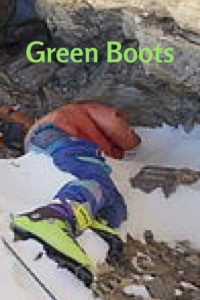 Sitting Man is another famous corpse. There’s a sad story behind him. This unfortunate soul fell ill to AMS after courageously making the top. On his way down, this British climber progressively fell into the fate of HACE and HAPE. He was with fellow climbers who left him alone to succumb from a lack of oxygen and exposure to elements. Mountaineers from other international parties passed up and down beside Sitting Man. Everyone saw this man sitting in peril as he slowly passed on. But no one assisted because on Everest—in the Death Zone—you’re on your own when something goes wrong.
Sitting Man is another famous corpse. There’s a sad story behind him. This unfortunate soul fell ill to AMS after courageously making the top. On his way down, this British climber progressively fell into the fate of HACE and HAPE. He was with fellow climbers who left him alone to succumb from a lack of oxygen and exposure to elements. Mountaineers from other international parties passed up and down beside Sitting Man. Everyone saw this man sitting in peril as he slowly passed on. But no one assisted because on Everest—in the Death Zone—you’re on your own when something goes wrong.
A woman climber from America became known as Sleeping Beauty from her immortal climbing accident. She’d separated from her climbing partner during a descent in bad weather. Disoriented, she stopped in the Death Zone, waiting too long. Her body stays stretched on her back alongside the trail where her brown hair waves in the wind and her lifeless eyes stare openly up at the heavens.
The most famous dead body still lying open in Everest’s lofty graveyard is George Mallory. He’s been there since 1924 when Mallory and Andrew Irvine died in the Death Zone. History records that Sir Edmund Hillary and Sherpa guide, Tenzing Norgay, are officially credited with being the first people to reach Everest’s summit in 1953 but there’s good reason to believe that 29 years earlier, Mallory and Irvine beat them to it.
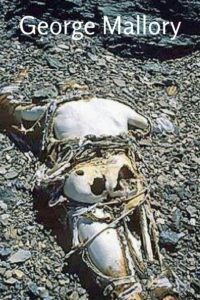 Unfortunately, neither Irvine nor Mallory returned to tell the tale. They stayed near the summit and perished into eternity until one day in 1999, a group of experienced mountain adventurers stumbled upon George Mallory’s mummified cadaver lying face down on an open rock slide near the Death Zone. It appears he fell during his descent. Mallory was still in recognizable condition and his effects were mostly intact. His camera was never found. That might have contained confirming summit photos but something else was missing. Mallory promised he’d leave his wife’s photo on top of Mount Everest. His wallet was in his pocket and contained all documents except for the photo of his wife.
Unfortunately, neither Irvine nor Mallory returned to tell the tale. They stayed near the summit and perished into eternity until one day in 1999, a group of experienced mountain adventurers stumbled upon George Mallory’s mummified cadaver lying face down on an open rock slide near the Death Zone. It appears he fell during his descent. Mallory was still in recognizable condition and his effects were mostly intact. His camera was never found. That might have contained confirming summit photos but something else was missing. Mallory promised he’d leave his wife’s photo on top of Mount Everest. His wallet was in his pocket and contained all documents except for the photo of his wife.
Since Hillary and Norgay summited in 1953, Everest has been a Mecca for mountaineers. There is so much demand for climbing positions that the governments of China (representing Tibet) and Nepal restrict permits. Still, there’s an overcrowding of space in this lucrative business. Climbers come from all over the world to compete for conditions on Mount Everest. And yearly, about 7.6 percent of them die. That figure grows each year.
Although most Everest climbing deaths happen in the Death Zone, there are many fatal accidents in the lower reaches. It’s partly due that assaults on Everest normally take place in 5 stages. This is a proven strategy. Practically every guided group follows this pattern.
- Stage 1 is Basecamp. It’s at 5,270 meters (17,290 feet) and groups spend days if not weeks here preparing to ascend. Part of the reason is to acclimatize their bodies to compensate for the lower oxygen levels already found at this height. Acclimatization is hugely effective in delaying the effects of acute mountain sickness.
- Stage 2 reaches Camp I. This elevation is 6,035 meters (19,799 feet). Climbers sometimes spend a few days further acclimatizing at Camp I before pushing on.
- Stage 3 is called Camp II. Now they’re at 6,474 meters (21,240 feet) where the air is really starting to thin. Most climbers bivouac overnight and move up.
- Stage 4 is Camp III at 7,158 meters (23,484 feet). There’s no time to waste in this oxygen depleted place. It’s a spot to rest, eat and hydrate.
- Stage 5 is the last stop before summiting. Camp IV is at 7906 meters (25,938 feet). It’s just 94 meters (309 feet) short of the Death Zone. Here climbers spend little time as possible. They’re waiting for a weather or time window—making a break for the top.
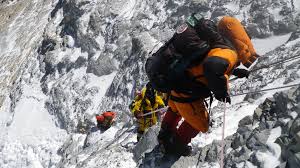 Descending Everest doesn’t take the same stops. Depending on climate conditions as well as the climber’s physical state, they make multiple descent camps in one day. But descending has problems with pressurization. Descents made too fast brings on physical symptoms similar to acute mountain sickness. Quick, uncontrolled descents cause bad judgment leading to accidental death.
Descending Everest doesn’t take the same stops. Depending on climate conditions as well as the climber’s physical state, they make multiple descent camps in one day. But descending has problems with pressurization. Descents made too fast brings on physical symptoms similar to acute mountain sickness. Quick, uncontrolled descents cause bad judgment leading to accidental death.
Despite the perils of AMS, HACE and HAPE, these contributors only account for a small amount of direct causes of death on Mount Everest. Statistics indicate accidents are by far the leading cause of Everest’s climbing deaths.
- 29 percent are due to avalanches.
- 27 percent are other causes like wind shear and equipment failure.
- 23 percent are from falls.
- 11 percent are the result of exposure and freezing.
- 10 percent are directly related to acute mountain sickness.
So with the high odds of being killed on Mount Everest and bodies being left exposed in this high and open graveyard, why do so many adventurers want to risk their lives taking chances in the Death Zone?
That’s tough to answer. Each climber has personal reasons. Some are natural risk takers and thrill seekers. They want to push their envelope. For some, it’s all about ego and bragging rights. Some might be naïve. They simply don’t know what they’re getting into. If you have the money, you can buy a ticket up Everest.
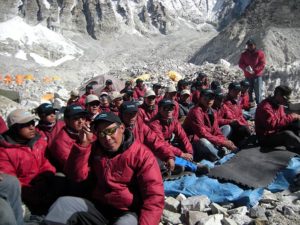 Some dedicated climbers are motivated by business. Local Sherpas depend on guiding novice Everest guests. They’re well-paid, their local economy thrives on the mountain and they’ve been doing it for years. That’s why the greatest percentage—by far—of victim nationality is Nepalese. Most of them die in accidents, not AMS, as their physiology makes them much better suited to functioning in high-altitude environments.
Some dedicated climbers are motivated by business. Local Sherpas depend on guiding novice Everest guests. They’re well-paid, their local economy thrives on the mountain and they’ve been doing it for years. That’s why the greatest percentage—by far—of victim nationality is Nepalese. Most of them die in accidents, not AMS, as their physiology makes them much better suited to functioning in high-altitude environments.
Then some mountaineers are motivated by a macabre sense of brushing the face of death. They may have personal fears to conquer—something to prove to themselves or others. Perhaps they don’t think it’ll happen to them. Being surrounded by danger is a fix. It’s something an adrenaline junkie craves. Maybe for a few, they enjoy being suicidal. Climbing Everest is like loading one round in a revolver, spinning the cylinder, putting the barrel in your mouth and pulling the trigger. If you survive, then climbing Mount Everest was probably a good idea.
But maybe the real reason why people climb mountains like Everest was best summed by George Mallory himself. Asked why he wanted to do it, Mallory said, “Because it’s there.”
Afternote of 27December2019 – I received this nice email and want to share it with DyingWords followers:
Dear Garry,
My name is Apa Tenzing Sherpa and I am a mountaineer by profession. I run Climbing Gear Lab which is about climbing and mountaineering.
I just came across this article on your website – MOUNT EVEREST — WORLD’S HIGHEST AND MOST DEADLY OPEN GRAVEYARD
Climbing Mount Everest has cost so many lives. So we recently published an article about Mount Everest Deaths statistics from 1922 to 2019. It is a comprehensive list. I think linking to this article will make a good addition to your page and provide a lot of value to your visitors.
Is this something you’d be interested in? Thanks Garry.
Best regards,
Apa Tenzing Sherpa
Here’s the link to the Climbing Gear Lab Website and Article:
https://climbinggearlab.com/mount-everest-deaths/



